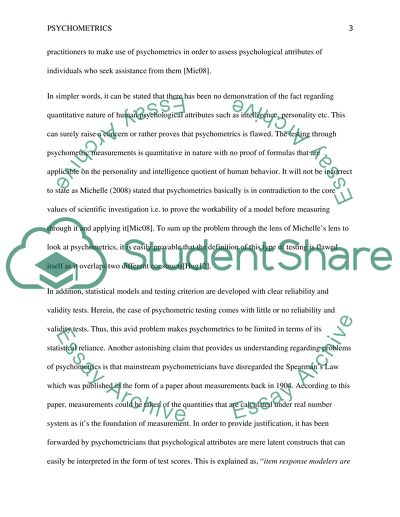Cite this document
(“Psychometric measurement is often described as problematic. Why is Essay”, n.d.)
Retrieved de https://studentshare.org/psychology/1498169-psychometric-measurement-is-often-described-as
Retrieved de https://studentshare.org/psychology/1498169-psychometric-measurement-is-often-described-as
(Psychometric Measurement Is Often Described As Problematic. Why Is Essay)
https://studentshare.org/psychology/1498169-psychometric-measurement-is-often-described-as.
https://studentshare.org/psychology/1498169-psychometric-measurement-is-often-described-as.
“Psychometric Measurement Is Often Described As Problematic. Why Is Essay”, n.d. https://studentshare.org/psychology/1498169-psychometric-measurement-is-often-described-as.


